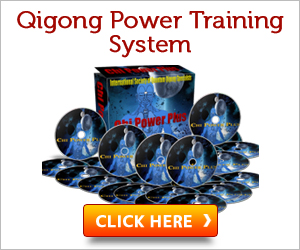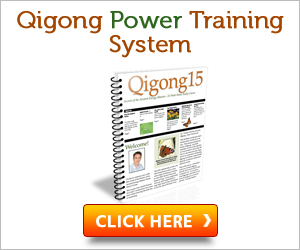Qigong Exercises
Qigong an art or science that evolved in China, has developed popularity in the west, as a form of eastern medicine. Closely associated with Tai chi, it is very simply, the manipulation of positive energy. This energy is considered to exist in all things including the air, water, food, and sunlight.
Qigong is an accepted treatment option in the fields of complementary and alternative medicine. However in practice it serves both a preventive and curative function. It has proven to be effective in improving the effects of many conditions such as allergies, arthritis, hypertension, diabetes, asthma, degenerative disk disease, cancer, depression, anxiety and other such ailments.
Qigong has proven to improve the practitioners’ immunity by increasing a person’s self-healing and self-recovery capabilities while enhancing the ability to self-regenerate. Thus Qigong therapy will assist in general health maintenance, stress management and associated ailments, bone density and balance etc.
Traditionally, Qigong exercises have been guarded jealously by the teachers of the art. Today teachers have founded schools and propagated the art across the globe, allowing westerns an opportunity to dabble in the art of Qigong and thereby experience its benefits first hand.
Qigong is not confined to a mere set of breathing exercises but also encompasses a large variety of physical and mental exercises designed to facilitate the flow of positive energy. Techniques adopted vary amongst teachers and the objective of the practitioner.
The key types of exercises that a Qigong practitioner would engage in include Dynamic qigong that can be easily identified as a series of carefully-choreographed movements or gestures that are designed to promote and manipulate the flow of “Qi” within the practitioner’s body and Tai Chi, is one well-known representation of Dynamic Qigong.
Static Qigong exercises, performed by holding a certain posture, position or stance for a period of time. Observes have noticed that these exercises resemble the practice of Yoga and Yiquan, a form of Chinese martial art. To the external observer, the practitioner also appears to be fixed in space. However to the Qigong practitioner, it is the appropriate manipulation of “Qi” that results in the physical and mental effort required to keep the stance. Meditative qigong which involves the control of the mind. These exercises draw from Buddhist, Taoist meditation such as focusing on the breathe, focusing on an object/place or the stillness of the mind. The goal of these exercises is to facilitate the smooth flow of “Qi” through the system.



